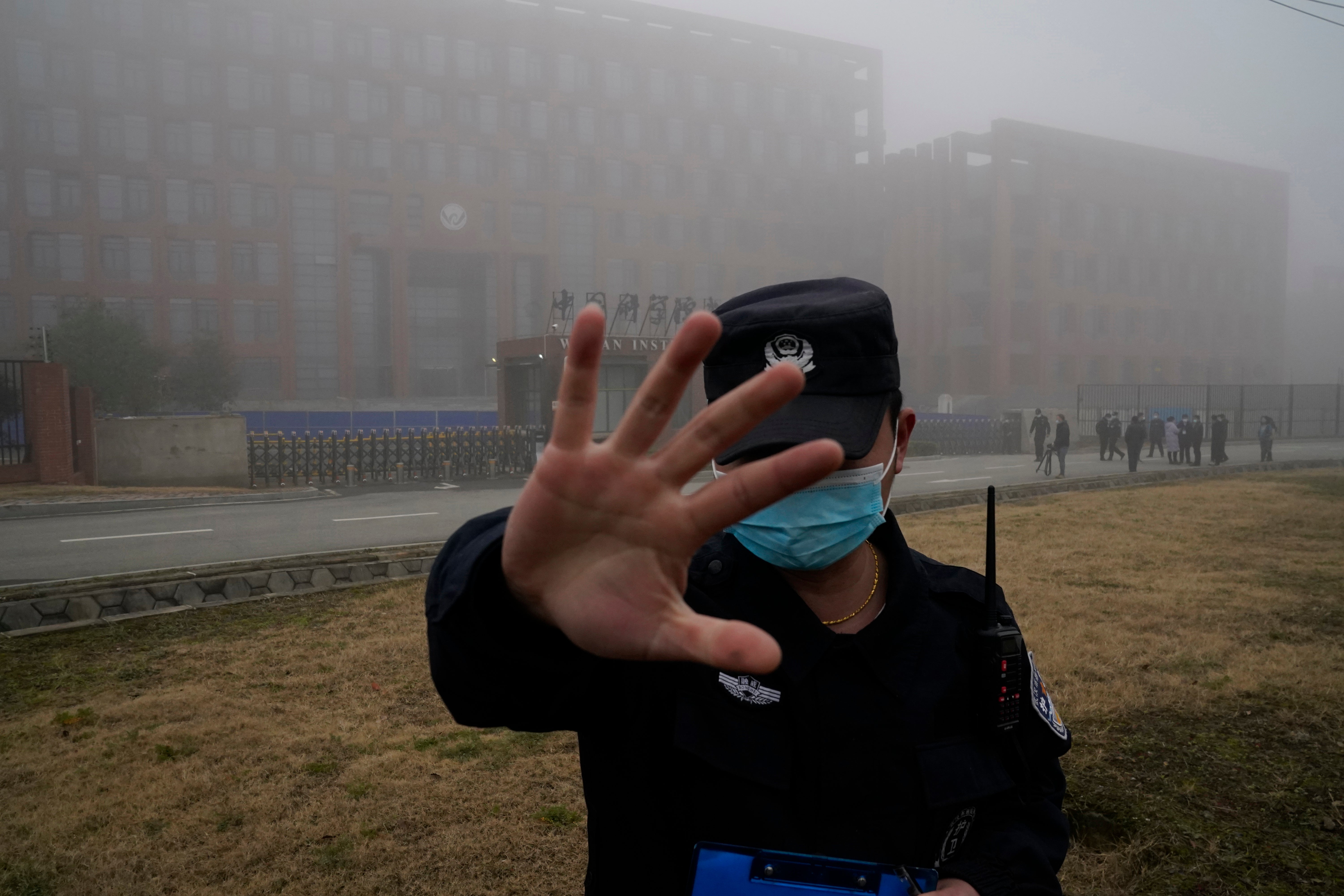5 things we know and still don't know about COVID, 5 years after it appeared
Share:
Five years ago, a cluster of people in Wuhan, China, fell sick with a virus never before seen in the world. The germ didn't have a name, nor did the illness it would cause. It wound up setting off a pandemic that exposed deep inequities in the global health system and reshaped public opinion about how to control deadly emerging viruses.
The virus is still with us, though humanity has built up immunity through vaccinations and infections. It's less deadly than it was in the pandemic's early days and it no longer tops the list of leading causes of death. But the virus is evolving, meaning scientists must track it closely.
Where did the SARS-CoV-2 virus come from?. We don’t know. Scientists think the most likely scenario is that it circulated in bats, like many coronaviruses. They think it then infected another species, probably racoon dogs, civet cats or bamboo rats, which in turn infected humans handling or butchering those animals at a market in Wuhan, where the first human cases appeared in late November 2019.
That's a known pathway for disease transmission and likely triggered the first epidemic of a similar virus, known as SARS. But this theory has not been proven for the virus that causes COVID-19. Wuhan is home to several research labs involved in collecting and studying coronaviruses, fueling debate over whether the virus instead may have leaked from one.
It's a difficult scientific puzzle to crack in the best of circumstances. The effort has been made even more challenging by political sniping around the virus' origins and by what international researchers say are moves by China to withhold evidence that could help.






















